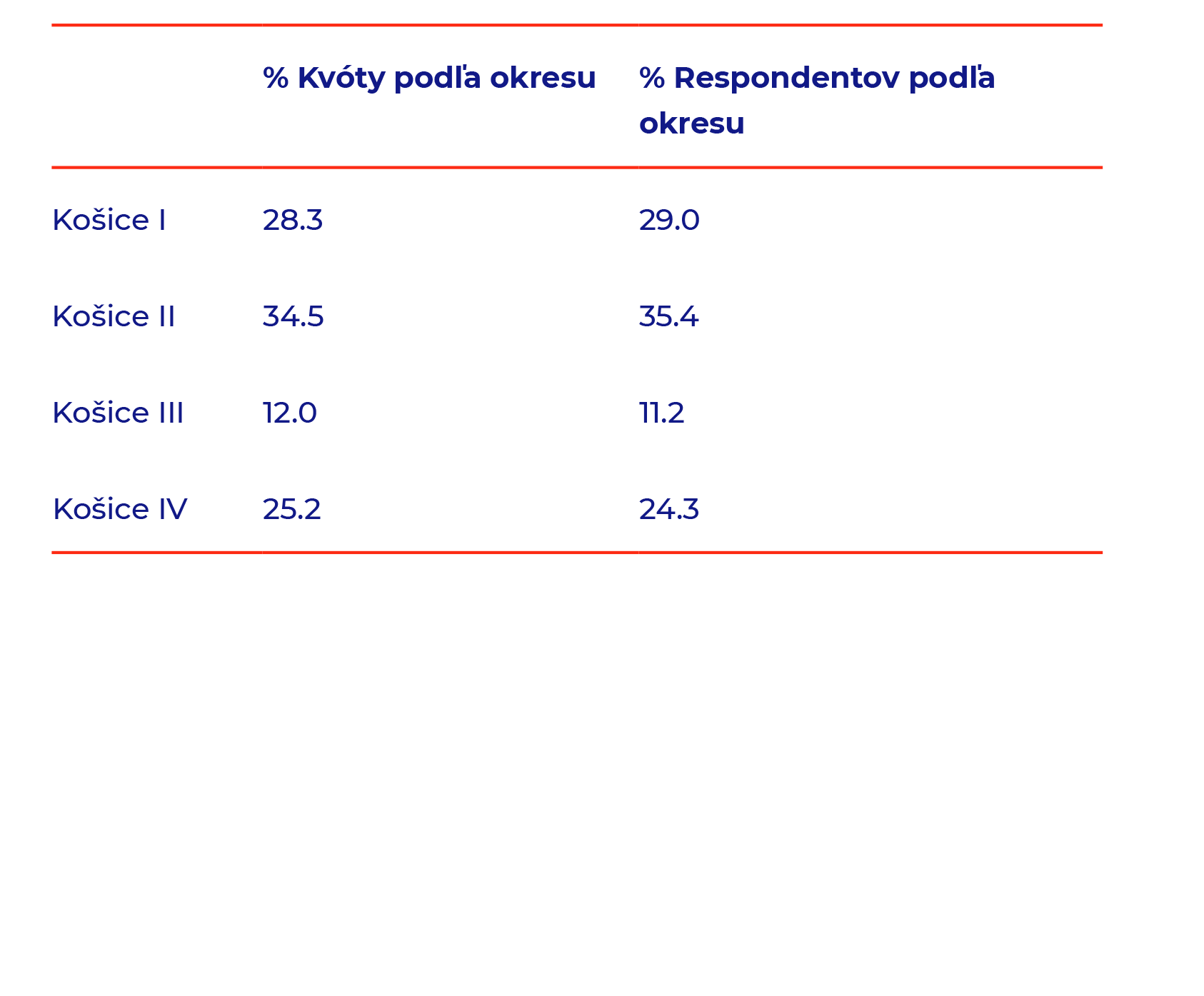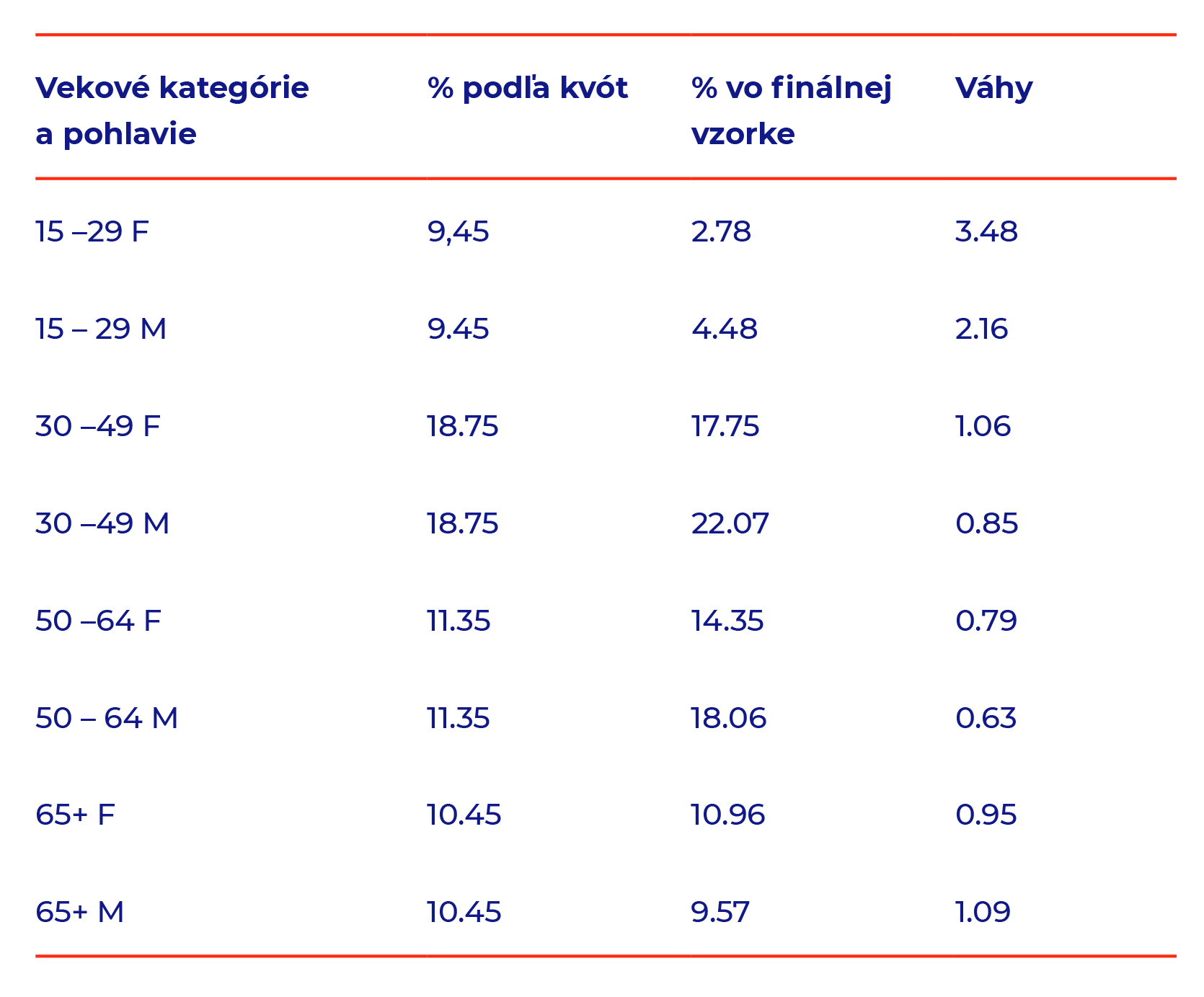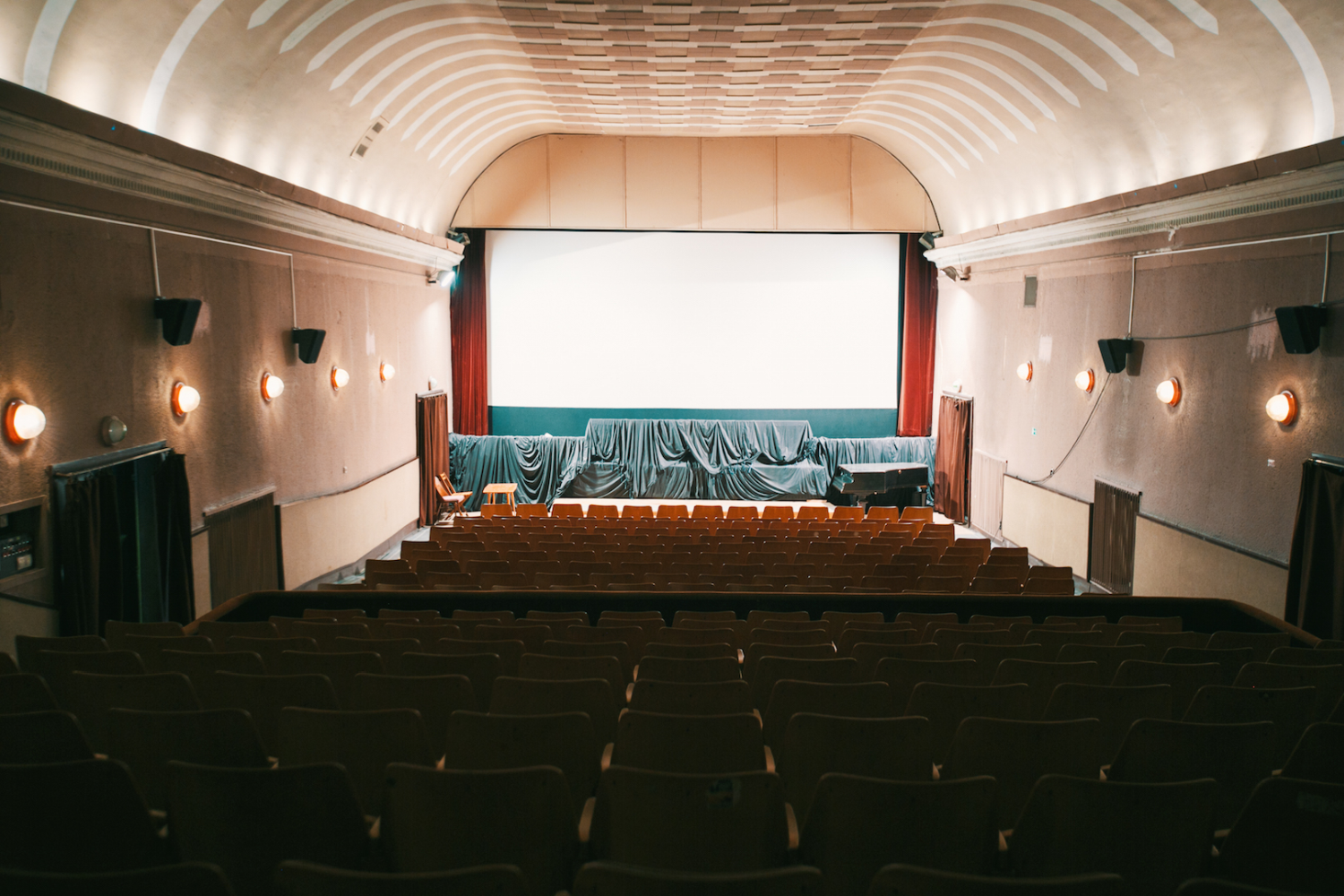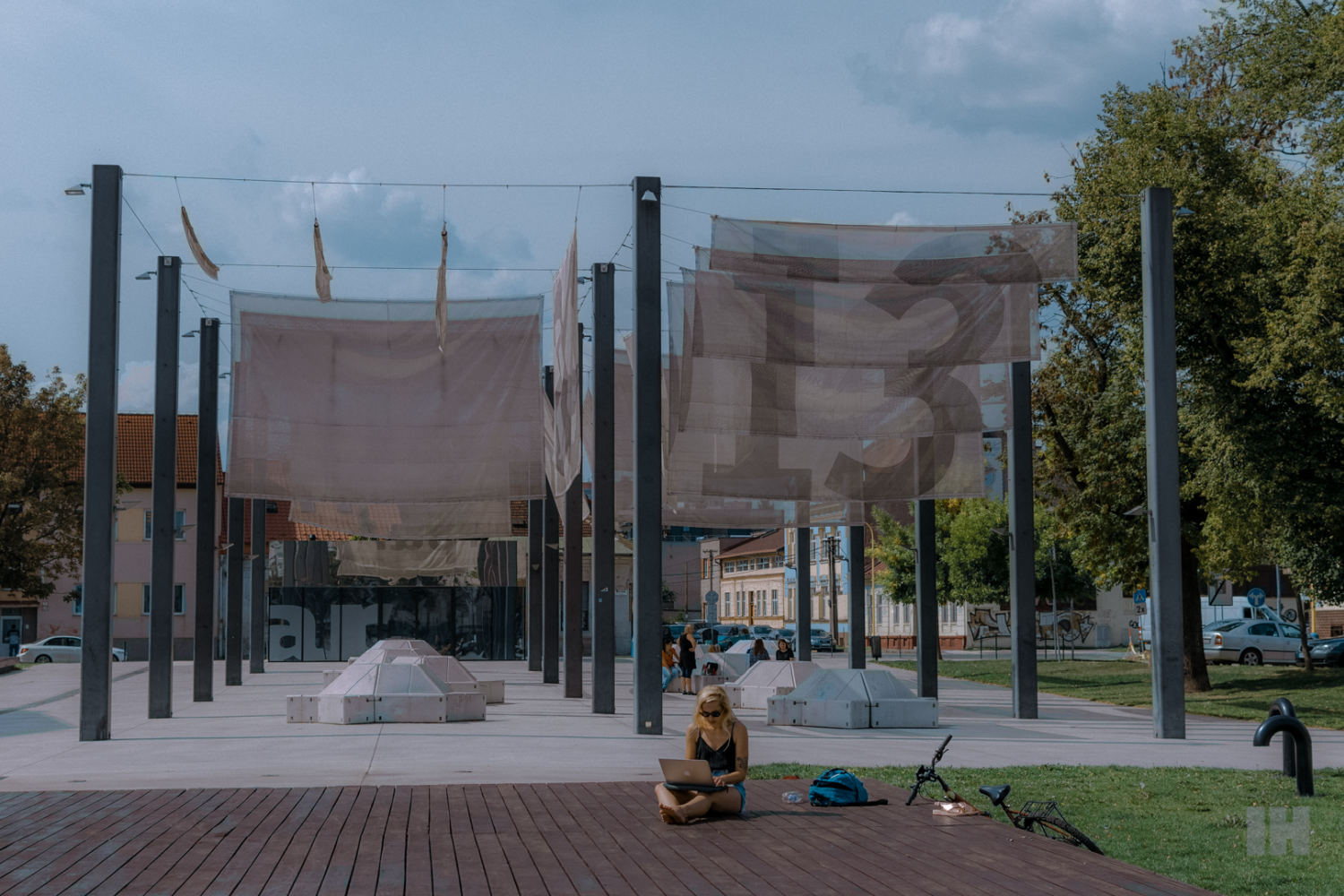The year 2013, when Košice received the title of the European capital of culture, started the changes in culture and the cultural participation of citizens. Cultural participation in the events is connected with the offer, accessibility, interests, and age of citizens. Last but not least, participation was also significantly affected by the pandemics in the previous years. The results of the research conducted by CIKE in 2020 show a connection between cultural participation and quality of life.
Conducting the research
The extent to which people like to participate in various events gives us feedback about the quality of the cultural offer and the space in which the events are organized. “Thanks to the research, we found out the most prominent barriers or obstacles of people living in Košice that prevent them from active participation in the cultural events. The results can also help the city of Košice and the cultural organizations to better understand the audience and focus on their support and improvement of services,” says Zuzana Réveszová, responsible for the research within the organization Creative Industry Košice.
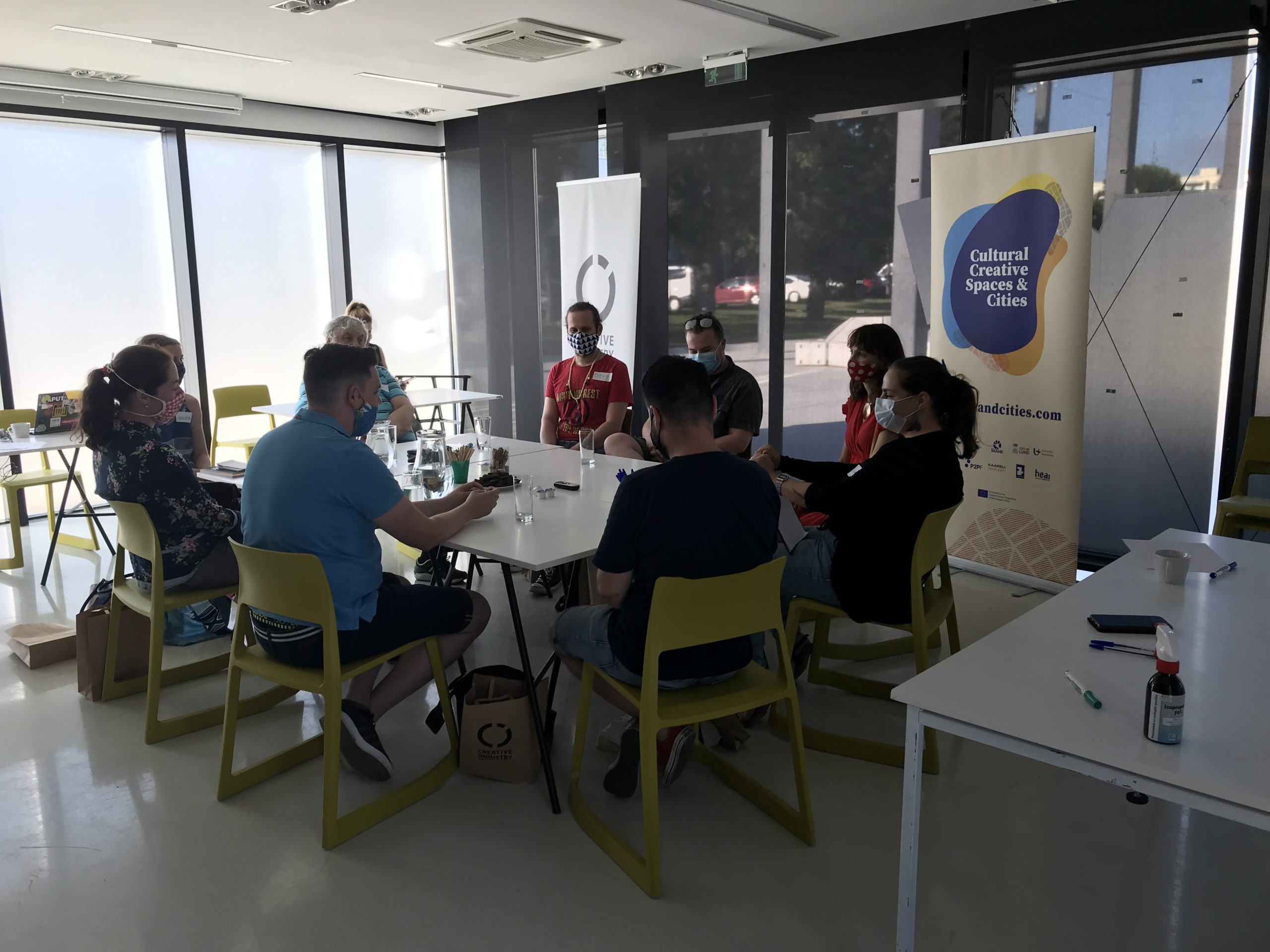
The base of the high-quality research is well-formulated goals and research questions. It is best to reflect the already existing research and literature to compare the results. It was the case with this research as well. We put the same importance in choosing the method and the representative sample of inhabitants. “Since the pandemics didn’t allow us to collect the data in terrain, we used the telephone survey based on the quota selection – the respondents are mirroring the composition of the population in Košice (age, gender, and permanent residence).” The collected questionnaires were then statistically analyzed.
The description of the research respondents’ sample.
What has the audience research in Košice shown?
Even though the cultural participation improved due to Košice’s title of European capital of culture, the year 2020, when we conducted the research, brought the stop to culture in the means of Covid-19. “The research we offer tried to find out the respondents’ situation before the pandemics. It shows interesting information about how the respondents were able to accommodate to all the restrictions concerning the culture during the pandemics.”
The research results show that the most attended events are those in public spaces, cultural monuments, or movie screenings. “81,7% of the respondents have visited art in public spaces at least once since last year. The second was a visitation of a castle, mansion house, or other cultural monuments with 78,5%, and on the third, it was events such as cinema or movie screening.”
It also discovered five audience types based on the attendance: occasional middle current, regular omnivores, inactive, tasters, and regular classics. “Whereas in 2007 and 2013 the researchers from Technical University in Košice identified four types of audience, in 2020 we analytically discovered five types. That is also one of the positive outcomes of this research.”

The analysis of latent classes in three different types of research.
The barriers of cultural events
“During the deep group interviews, we have found out that one of the reasons why people don’t attend cultural events is the physical arrangement of the space – its barriers and atmosphere that people don’t belong there.” Another negative factor is the lack of information. The research has shown that almost 60% of the respondents would like to attend cultural events more often, but the second most common reason they do not is the lack of information (the first one is the lack of time).
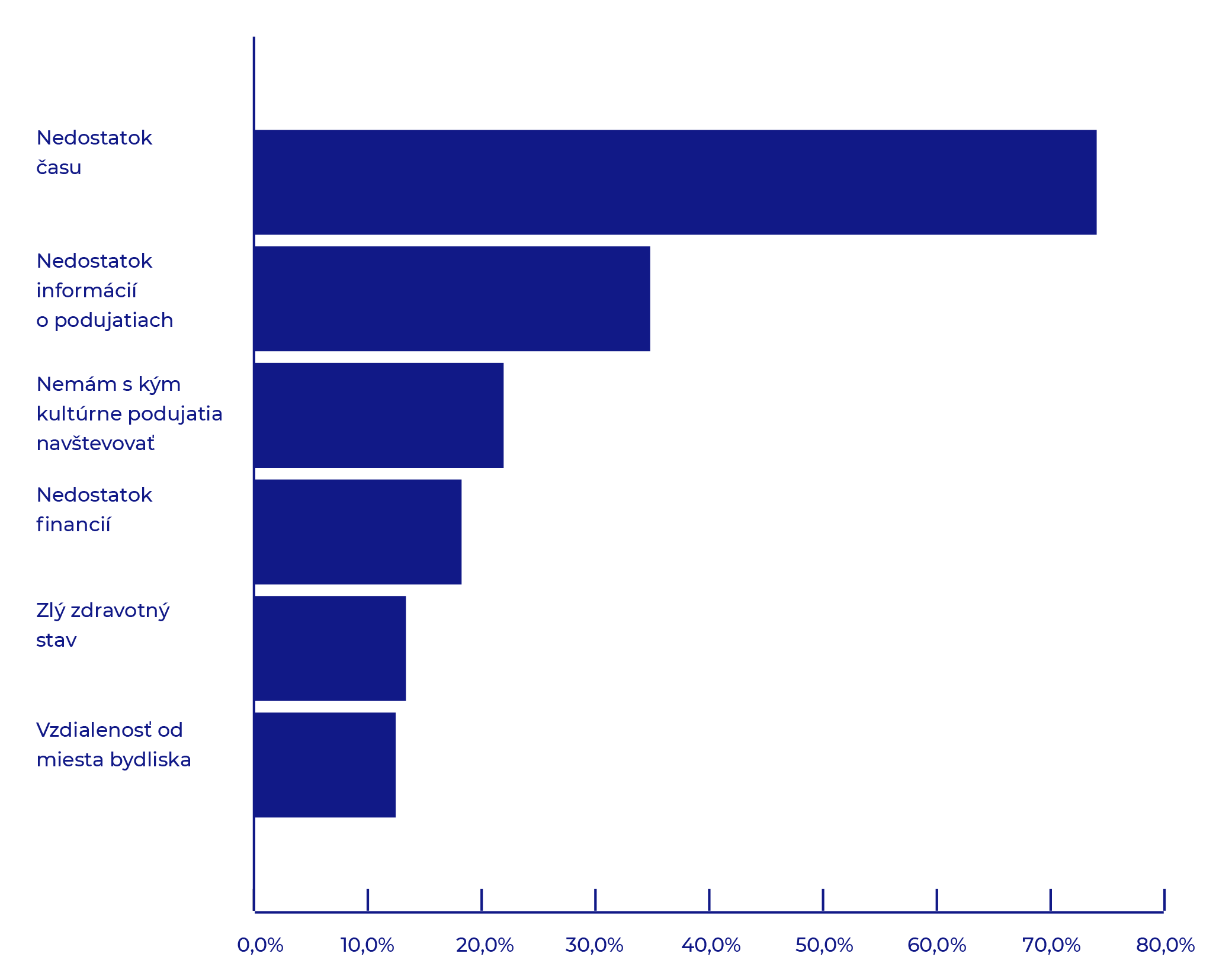
The graph shows the order of barriers in attending the cultural events of respondents who had some.
The impact of pandemics on culture
Since Covid-19 has affected many cultural organizations and events, its impact on cultural attendance was essential for the research. “It was up to 45% of the respondents that answered they are afraid to attend the cultural events. The biggest fears were poor hygiene, people not keeping the social distance, or other restrictive measures. The respondents also agreed on the fact that you cannot substitute the socializing in online space.” However, the results have shown that up to 60% of the respondents watched the online concert, which is more than those who watch online movies.
Culture and its connection to quality of life
Socializing or contact with other people during cultural events influences the quality of life. The research tried to find out which types of events can positively improve the quality of life of people in Košice. “One of the genres which definitely improves the life’s quality is visiting the theatre. People who identify themselves as visitors of high culture and read more also have higher expenses on culture. They are used to investing more into the culture.” Before the pandemic, it was an average of 60 euros per household. The research has also shown that half of the families don’t invest more than 35 euros into the culture.
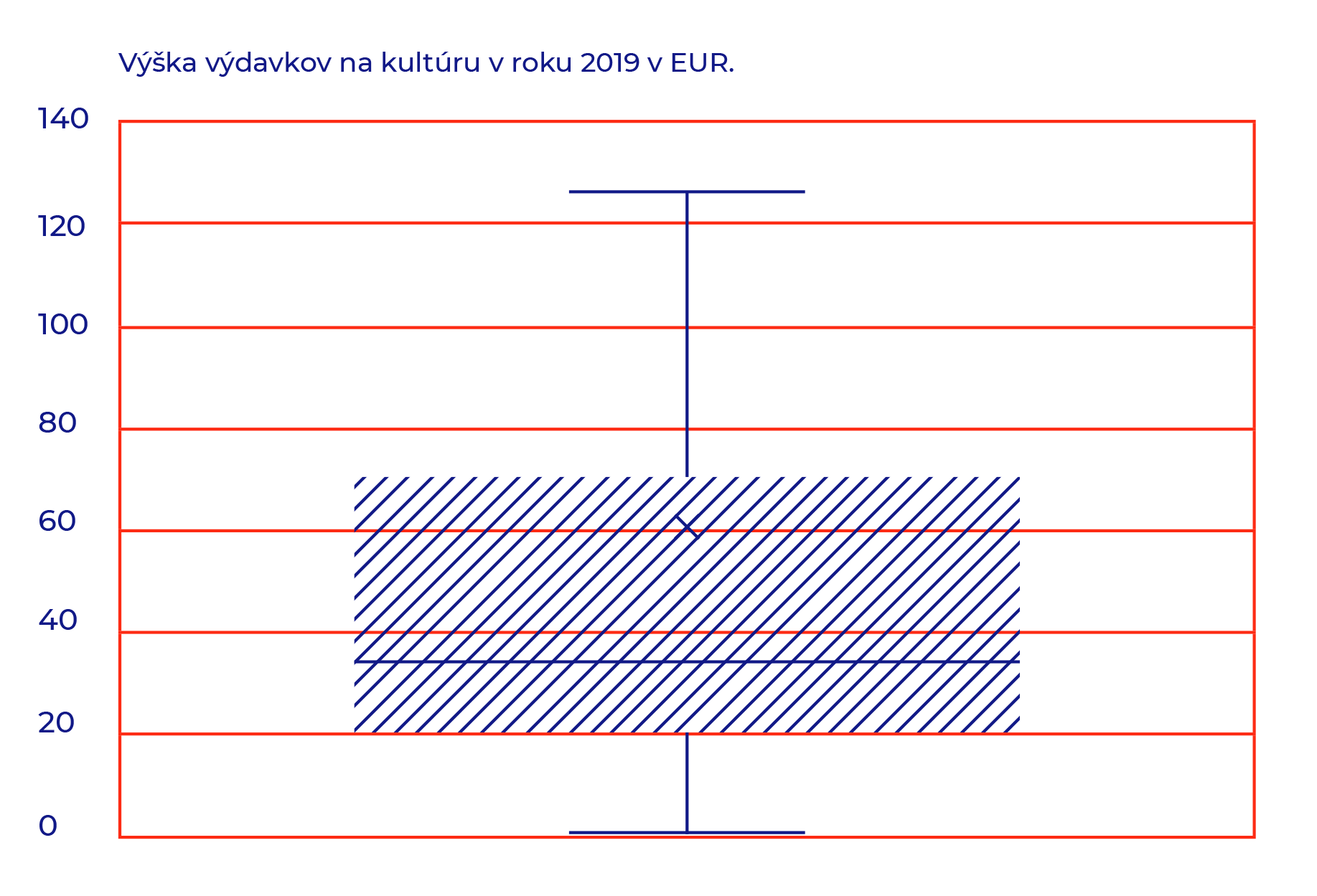
The graph shows the range of expenses of households spent on culture after deleting the remote values. It ranges from 0 to 120 € per month.
The recommendations of the research
Based on the research, the city can plan its cultural politics better, and the results can also help the cultural institutions, which can improve how they work with the attendance. “We see that there is a great space for improvement in working with sharing the information about the events. There is also the potential of shifting people from the ‘popular genre ‘to more artistic ones. Cultural events should also refer to each other more. It is obvious that people who appeal to books would be interested in theatre or classical music.” Even though it is very complicated to organize any cultural event, it is crucial to keep in touch with the audience, even if only in an online form. “With the research, we also want to ask the citizens of Košice to support their favorite cultural institution even more during the pandemics, when they have limited sources, and it takes a lot of effort to come with some creative solutions.”
The program was supported using public funding by the Slovak Arts Council and was co-funded by the Creative Europe Programme of the European Union.

